The Diaphragm Pressure Gauge uses the elastic deformation of a diaphragm (i.e. membrane) instead of a liquid level to measure the difference between an unknown pressure and a reference pressure.
A typical Diaphragm pressure gauge contains a capsule divided by a diaphragm, as shown in the schematic below. One side of the diaphragm is open to the external targeted pressure, PExt, and the other side is connected to a known pressure, PRef,. The pressure difference, PExt – PRef, mechanically deflects the diaphragm.
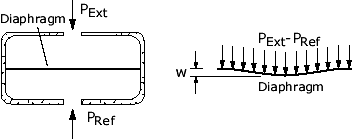
The membrane deflection can be measured in any number of ways. For example, it can be detected via a mechanically-coupled indicating needle, an attached strain gage, a linear variable differential transformer(LVDT; see the schematic below), or with many other displacement/velocity sensors. Once known, the deflection can be converted to a pressure loading using plate theory.
Many pressure sensors depend on the deflection of a diaphragm for measurement. The diaphragm is a flexible disc, which can be either flat or with concentric corrugations and is made from sheet metal with high tolerance dimensions.
The diaphragm can be used as a means of isolating the process fluids, or for high- pressure applications. It is also useful in providing pressure measurement with electrical transducers.
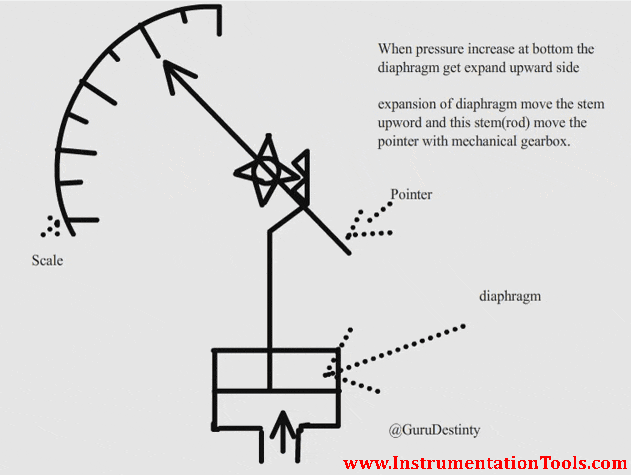
Diaphragms are well developed and proven. Modern designs have negligible hysteresis, friction and calibration problems when used with smart instrumentation.
They are used extensively on air conditioning plants and for ON/OFF switching applications.
Selection
The selection of diaphragm materials is important, and are very much dependent on the application. Beryllium copper has good elastic qualities, where Ni-Span C has a very low temperature coefficient of elasticity.
Stainless steel and Inconel are used in extreme temperature applications, and are also suited for corrosive environments. For minimum hysteresis and drift, then Quartz is the best choice.
There are two main types of construction and operation of diaphragm sensors. They are:
– Motion Balanced
– Force Balanced
Motion balanced designs are used to control local, direct reading indicators. They are however more prone to hysteresis and friction errors.
Force balanced designs are used as transmitters for relaying information with a high accuracy, however they do not have direct indication capability.
Advantages
- Provide isolation from process fluid
- Good for low pressure
- Wide range
- Reliable and proven
- Used to measure gauge, atmospheric and differential pressure
Cons
- More expensive then other pressure sensors.
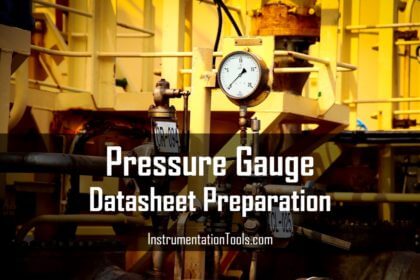
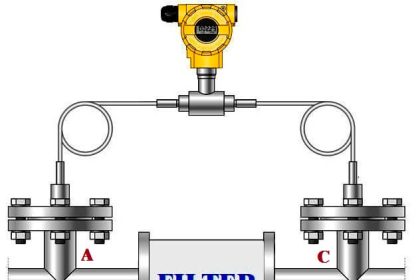
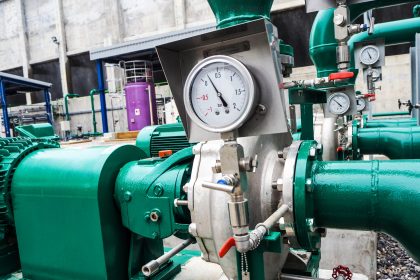
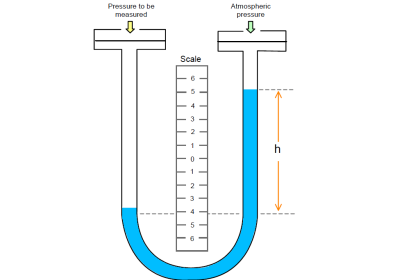
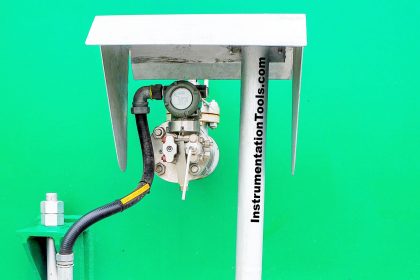

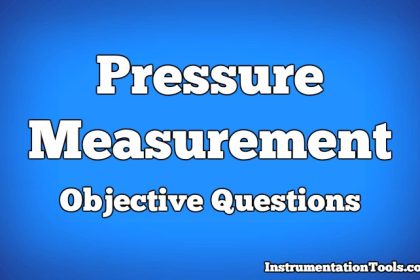

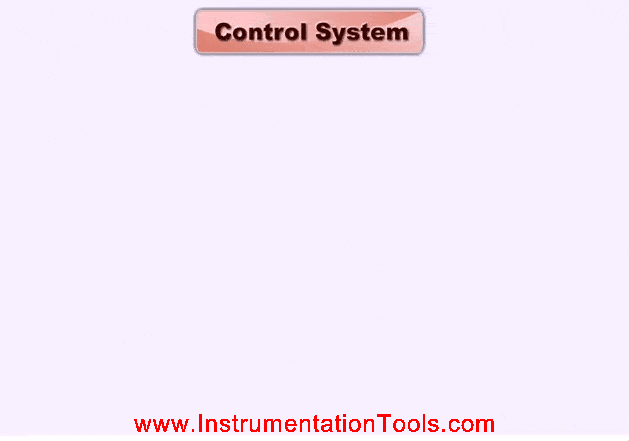

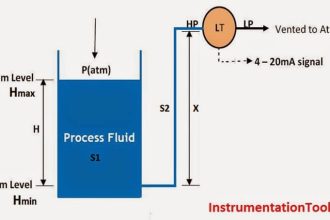






I did not find any statement on accuracy of instrument.